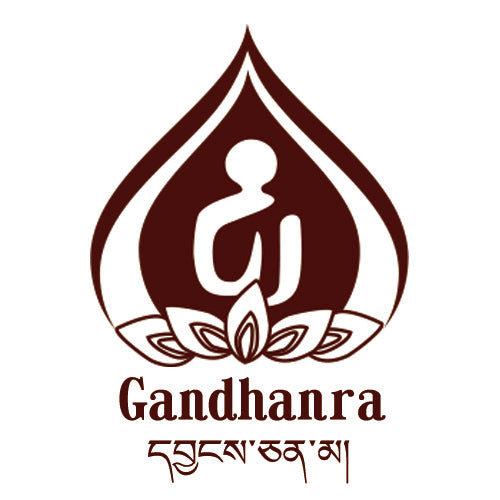Shakyamuni Tsa Tsa Mold
Shakyamuni Tsa Tsa Mold
⏱Vintage: 1990s
☞Handmade: 100%
⚒Materials: Copper
☲Size: 9.5cm*10.8cm*11.8cm
Couldn't load pickup availability
Gandhanra Handmade Tibetan Buddha Statue Mold,Gautama Buddha,Shakyamuni Copper Mould For Making Clay Buddha Statue,Tsa Tsa,Tsha Tsha
❤This unique large Shakyamuni Tsa-Tsa is made by Tibetan craftsmen in Hepo Township, Baiyu County.
❤ With this exquisite mold, you can use clay to make your own Buddha statue as a decoration or gift. He is surrounded by stupa,The text surrounding the Buddha statue is the Tibetan version of the Shakyamuni Mantra.
❤ SPECIFICATIONS
Material: brass
Craft: Manual mold, pouring
Color:Brass
Size:
Height:about 9.5cm / 3.75 inches
Length:about 11.8cm / 4.65 inches
Width :about 10.8cm / 3.25inches
Weight:about 1.05kg / 37oz
❤HOW TO USE Just like you make a clay sculpture, fill the mold with the prepared clay, dry it and take it out
❤You'll get 1pc Buddha statue mold as pictures shown.
❤ABOUT TSA TSA Tsa Tsa (Tibetan: ཚ་ཚ་, Willy: tsha tsha; Sanskrit: satchāya; Pali: sacchāya or sacchāha), a small mold-releasing clay sculpture in Tibetan Buddhism.
Tsa Tsa originated from India and was introduced to Tibet in the seventh century. It is extruded through a metal mold, and the cement is mixed with wheat grains, treasure powder, spices or the ashes of the monk.
The patterns on it were mainly in Indian style in the early days, such as the Sky Tower, Gate Tower, Bodhi Pagoda, and the mantras of the Prajna Paramita Heart Sutra.
Later, Tibet began to make its own molds, and the patterns of gods and Buddha images and the six-character mantra began to replace the earlier Indian style. Tsa Tsa is generally placed in the pagoda as a stupa, or placed in a special "Tsa Tsa kang", or enshrined in temple halls, mani piles, monks' cultivation caves and other places.
❤ABOUT Shakyamuni
Gautama Buddha, popularly known as the Buddha (also known as Siddhattha Gotama or Siddhārtha Gautama or Buddha Shakyamuni), was a Sramana who lived in ancient India (c. 5th to 4th century BCE).
He is regarded as the founder of the world religion of Buddhism, and revered by most Buddhist schools as a savior,the Enlightened One who rediscovered an ancient path to release clinging and craving and escape the cycle of birth and rebirth.
He taught for around 45 years and built a large following, both monastic and lay. His teaching is based on his insight into the arising of duḥkha (the unsatisfactoriness of clinging to impermanent states and things) and the ending of duhkha—the state called Nibbāna or Nirvana (extinguishing of the three fires).



















